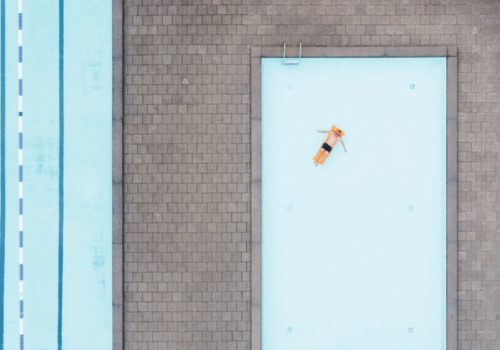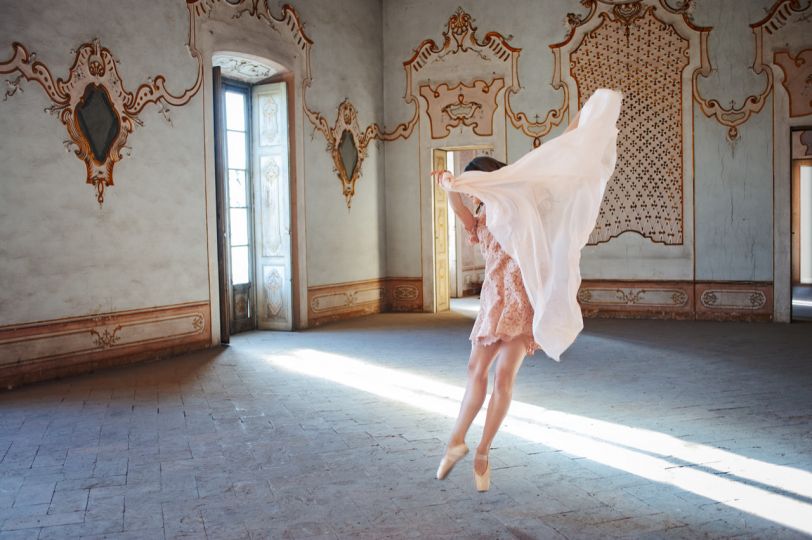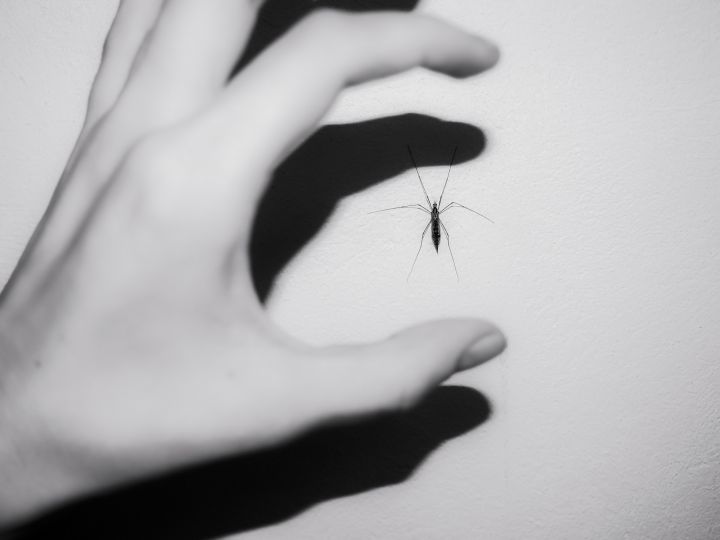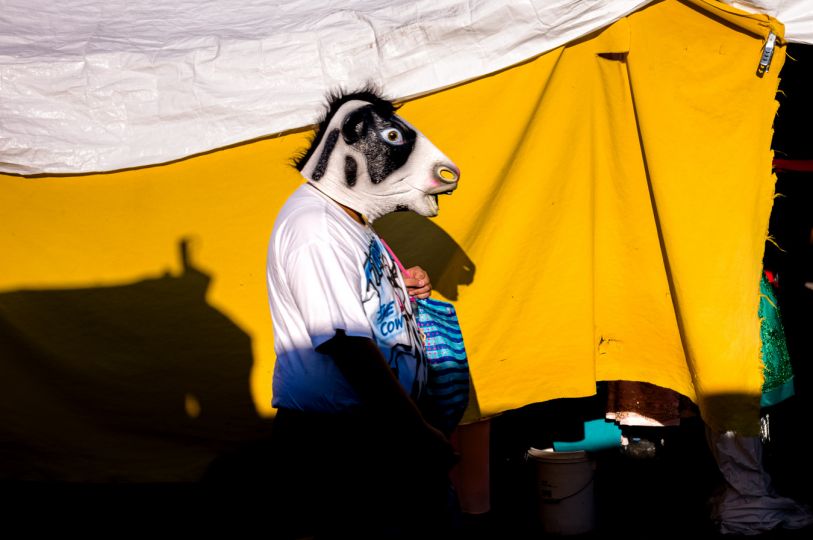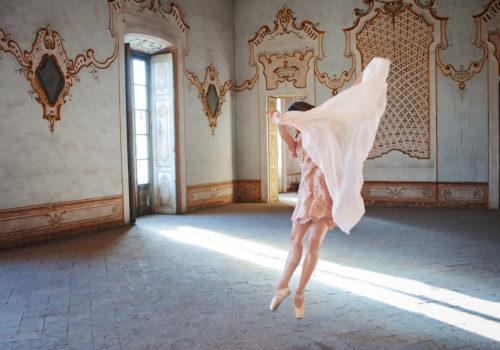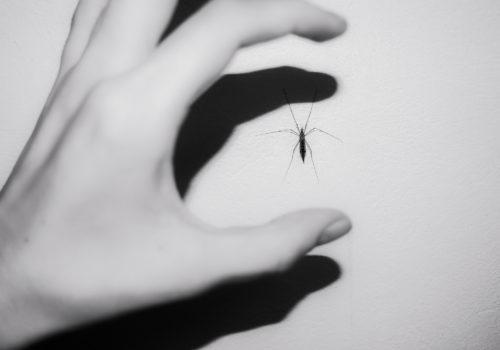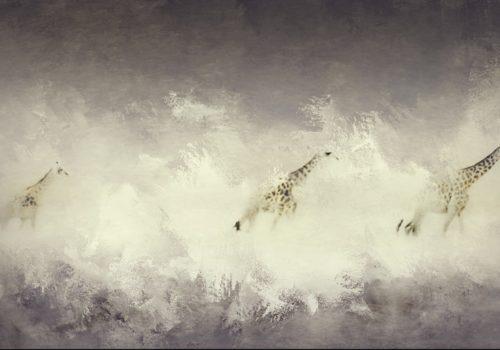In the introduction to the new book Dronescapes: The New Aerial Photography from Dronestagram, excerpted below, editor Ayperi Karabuda Ecer discusses the wide-ranging impact of the technological advances that have made drone photography possible.
Take a moment to remember the photographs of your parents and grandparents, staring happily at you from out of the frame; displayed on your wall, on top of the family piano, the fireplace, your desk. Now envisage a future where family members look “up above” rather than at “you,” as they are immortalized by a drone that has been programmed to fly overhead.
Ever since the invention of photography there has been a desire to capture the world from above. The first aerial photographs were created in 1858 by “Nadar” (Gaspard-Félix Tournachon) and documented the rooflines of the French village of Petit-Bicêtre. These images were shot from a balloon tethered at a height of 80m (260ft) and were precursors to other aerial works by Nadar, including his iconic views of the Arc de Triomphe in Paris in 1868.
Since these early experiments, aerial photography has evolved, always with the aim of “putting together the pieces,” of presenting all-encompassing views of the environments we inhabit, with ever increasing clarity and detail. These vistas, all the time seeking to provide new visual perspectives, show not only the grandeur of our urban and natural habitats but also highlight our responsibility to preserve them.
Aerial photography used to be expensive and exclusive. It involved having sophisticated and costly equipment and a wide range of professional skills aimed at documenting the unknown, the exotic. Today, however, the increasing democratization of image technology has opened up the sky to just about everyone. The drone photography revolution is a game changer, with an ever growing and diverse range of users now having access to this technology and the new perspectives of the world that it offers.
Unlike traditional aerial photography, drones do so much more than just going “higher” and “wider.” They get closer to, and more immersed in, their subject; they seek to trace, to follow. In this aim, however, they carry some major contradictions. Like the Internet, they offer unprecedented opportunities for discovery, access and liberation, but also a powerful means for surveillance and destruction.
Hand in hand with the very quick evolution of drone warfare, the strategic use of military and governmental drone imagery is constantly broadening, often with the aim of planning or documenting ruination. Recently a Russian crew launched a quadcopter that surveyed Palmyra, which had been brutally wrecked by IS forces since they took over the ancient city in 2015 – the footage itself was stunning, and looked more like a high-end tourist promotion than a document of obliteration.
New professional practices are also developing – in news reporting, sports photography, real estate and tourism, event photography, underwater photography, ecological exploration, natural disaster interventions by non-governmental organizations (NGOs) and much more. This aerial technology also taps into the increasingly narcissistic elements of photography, offering us the possibility to shoot “dronies” – the aerial equivalent of the “selfie” – but on a wholly different scale. It is the context, the environment, which often takes center stage in such images, though the photographer is still very much in charge and present.
Dronestagram is the first forum to offer hobbyists and professionals the opportunity to share with their peers the photographs and videos they have taken using their drones. Its members are from the world over, and the number of viewable photographs amount to the thousands, with new works being added every day.
Founded in 2013 by hobbyist Eric Dupin, in partnership with Guillaume Jarret, with the aim of providing an online resource for drone photographers where previously there had been none, Dronestagram is now quickly evolving as the go-to visual reference for drone photography. It even hosts various photograph competitions, among them the prestigious National Geographic/Dronestagram International Drone Photography Contest.
The new book Dronescapes: The New Aerial Photography from Dronestagram, made in collaboration with the photographers of Dronestagram, showcases this unique community’s wide range of work, and will be the first time, for many, that their photographs will be seen in print. Whether amateur or professional, these “dronesters” have all adopted the sky to celebrate and explore visual perspectives. It has been a true adventure to dig into the wealth of images that they have produced to create a comprehensive selection of what the label “popular drone photography” might encompass.
Ayperi Karabuda Ecer
Ayperi Karabuda Ecer is a photo editor who served as vice president of pictures at Reuters, editor in chief at Magnum Photos Paris, and chair of the World Press Photo jury. This text is excerpted from Dronescapes: The New Aerial Photography from Dronestagram, edited by Ayperi Karabuda Ecer. Reproduced by permission of Thames & Hudson Inc.
Dronescapes: The New Aerial Photography from Dronestagram
Published by Thames & Hudson
$40
www.thamesandhudsonUSA.com

